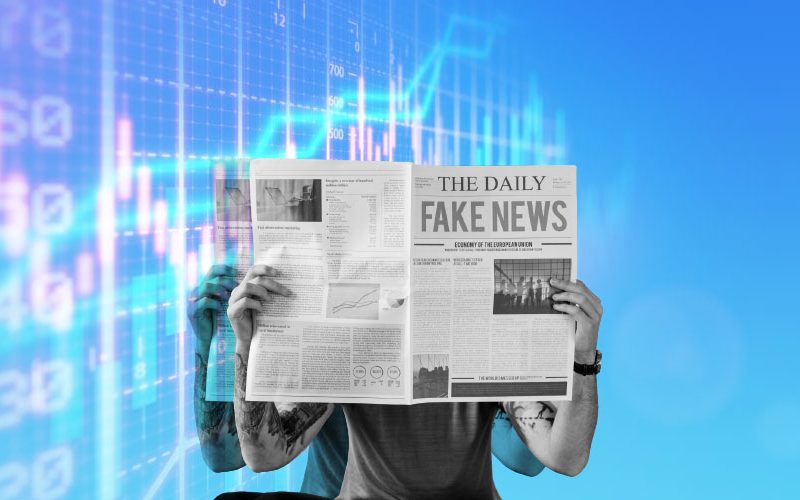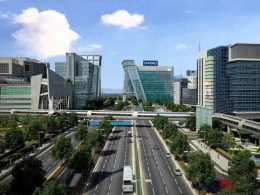The retail industry continues to be the foundation of the economy, despite the rapid growth of eCommerce
Rising Omicron cases again queered the pitch just as the retail sector’s recovery in the second half of FY22 was picking up speed. The sector is eagerly anticipating the upcoming budget as it finds itself once again in an unsettling situation.
The government should propose a slew of policy measures and incentives to boost the retail sector as well as the economy as a whole in light of the spiraling cases in the third wave and the quickly spreading Omicron strain. In light of this, the government may continue to implement its countercyclical fiscal policy to stabilize business cycles. Such a program advocates for decreasing spending while raising taxes in upbeat situations, and increasing spending while lowering taxes in downbeat ones. Ad valorem taxes on fuels, including gasoline and diesel, should be capped in light of the current situation. Taxes have increased over the previous two years in tandem with the rise in petroleum prices, creating inflationary pressures throughout the economy and lowering consumer demand. Now that the epidemic is having an impact for the third year in a row, the government should adopt a comprehensive perspective of the overall economy and develop a growth-oriented Budget. The National Retail Policy’s implementation must be accelerated to various laws that obstruct the sector’s ease of doing business. The budget should serve as a starting point for this process. The rapid arrival of Omicron has upended recovery projections, despite the retail sector has been gradually recovering from significant disruptions brought on by limitations caused by the pandemic. As a result, investments are declining as a result of poor consumer sentiment. Changes and increases in tariff barriers further disturb the economy by upsetting supply chains, driving up costs, and decreasing consumer demand. Therefore, for retailers and the economy as a whole, some degree of policy and tax regime stability is still required, which might have positive effects across all industries. Focus on promoting digital facilities is crucial to contactless transactions and counteract the effects of recurring lockdowns and restrictions. Incentives and the creation of an enabling environment must be used to increase digital infrastructure. This will improve supply chain management and make online shopping more convenient, safe, and secure. Given the cascading advantages for the economy, infrastructure development must also be pushed over the entirety of India. To close the gaps in the supply chain, the National Logistics Policy should also be published as soon as possible. Logistics will be one of the main pillars in enabling India to attain its aim of a $5 trillion economy. According to a 2020 report by Arthur D. Little India and the CII, India spent $400 billion on logistics in 2020, which is almost 13% of GDP, higher than the about 8% global average. Due to this, there is a $180 billion yearly competitiveness deficit that, by 2030, might reach $500 billion. Such supply chain holes will be addressed by a national logistics policy. FDI in multi-brand retail should also be increased from 51% to 75%. Relaxed FDI regulations will foster a more favorable business environment, which will ultimately benefit consumers. Additionally, the 5% to 12% GST rates that were raised on a variety of commodities, including textiles, apparel, and footwear, should be lowered to the prior rates. The recent increase in GST revenues shows that unorganized firms are moving deliberately into the organized sector. Now is the time to implement a two-slab system to rationalize, lower, and simplify GST rates. Lower taxes will increase economic liquidity by lowering the compliance burden, which benefits all stakeholders. Consumers in non-metro markets will also profit from these measures, increasing demand for retail and all other trades. Small firms could benefit from an advantageous economic strategy by joining the e-commerce boom.
The third wave has shaken the fragile economic recovery, but these actions will boost all sectors of the economy. Along with expanding job and business prospects, it will move the $5 trillion economic vision closer to reality.







